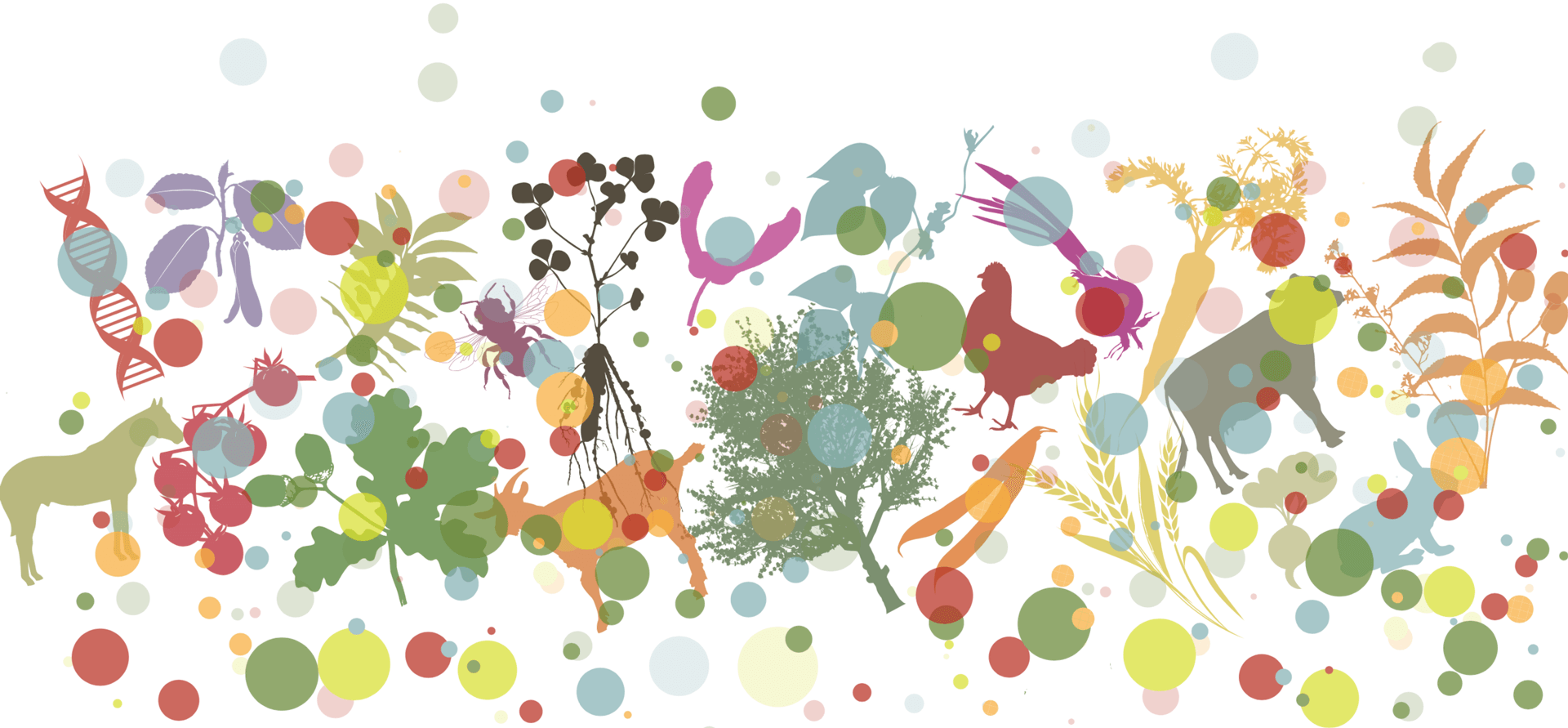New original article on animal genetic resources
Posted on 2022-04-06Phenotypic characterization of Gesha horses in southwestern Ethiopia
Amine Mustefa, Aweke Engdawork, Seble Sinke and Abebe Hailu
https://doi.org/10.46265/genresj.KPIL8781
Fifteen qualitative and 21 morphometric variables on a total of 394 adult horses (282 stallions and 112 mares) from three selected districts were recorded to characterize the horse populations in southwestern Ethiopia. General linear model, frequency, and multivariate analysis procedures of Statistical Analysis Software (SAS 9.0) were used to analyze the data. Sex and location significantly affected the studied traits. Stallions were larger than mares, and the Gesha horse population was the tallest, longest, and largest among the studied populations. The majority of the studied horses possess plain body colour patterns with red-coloured medium hair size. A higher frequency of white-coloured horses was observed with increasing age. Stepwise discriminant function analysis revealed that pelvic width, cannon bone length, and height at croup were the top three morphometric variables to discriminate the populations while head length, head neck circumference, chest width, cannon bone circumference, and croup length had the lowest discriminatory power. The results of discriminant function analysis showed advanced classification (76.7%) of the studied horses into their respective populations/locations. Finally, canonical discriminant function analysis categorized the horse populations into three distinct categories. The Gesha horse population was different from Masha and Telo horse populations while having a relatively higher relationship with the Masha horse population. However, the distances calculated in this study show only the relative size differences between each population. Such differences might not necessarily be due to breed (genetic) differences. Therefore, diversity studies through further genetic characterization are recommended to design conservation and breeding programmes.


 This journal has been conceived as part of the
This journal has been conceived as part of the